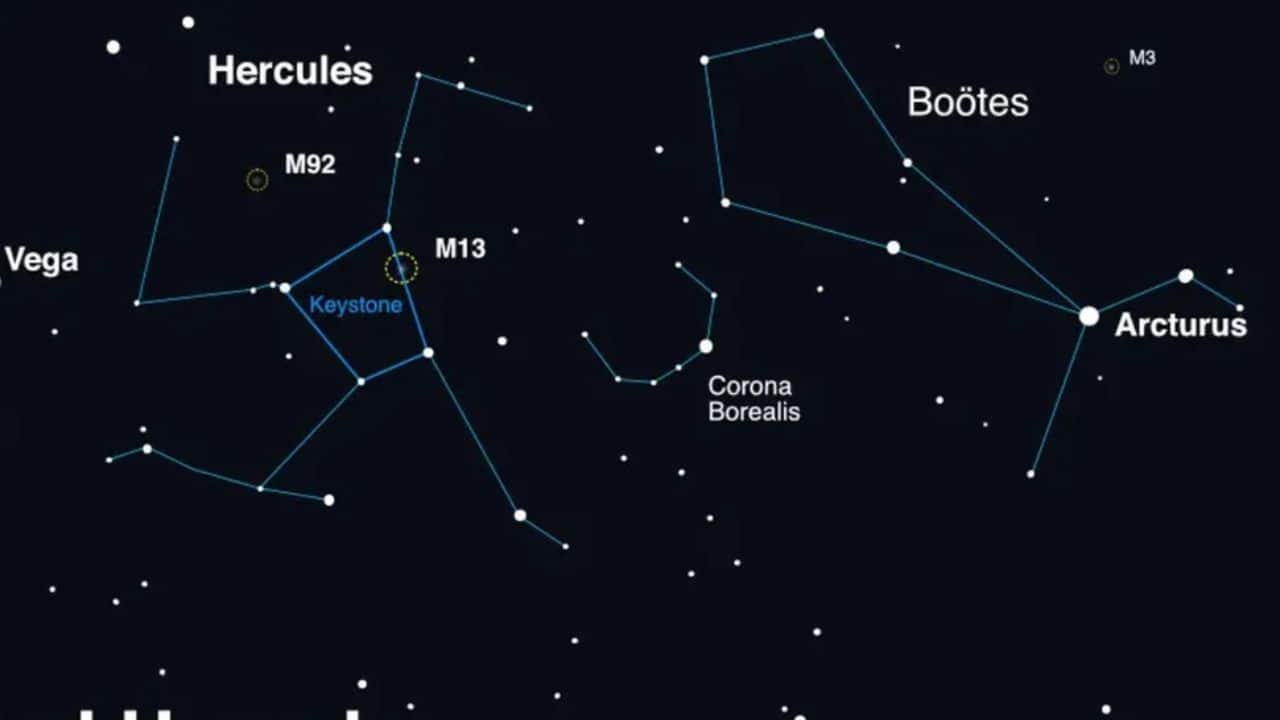 Once in 80 years: Rare 'Blaze Star' nova set to brighten skies this week — how to spot it
Once in 80 years: Rare 'Blaze Star' nova set to brighten skies this week — how to spot itOne of these days, a rare astronomical event may brighten the nighttime sky. T Coronae Borealis (T CrB), more commonly referred to as the "Blaze Star," may go off at any moment. The normally unseen …